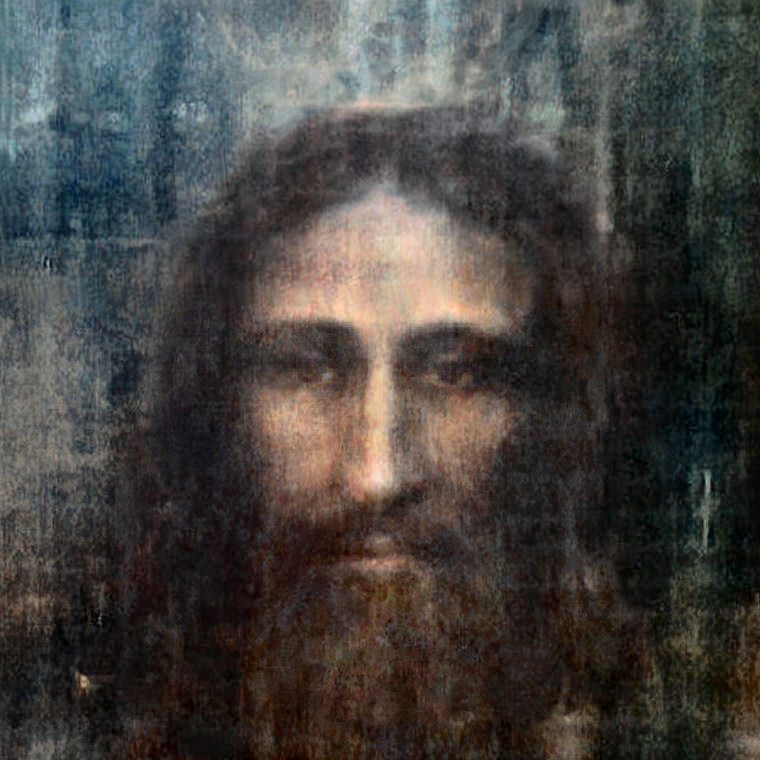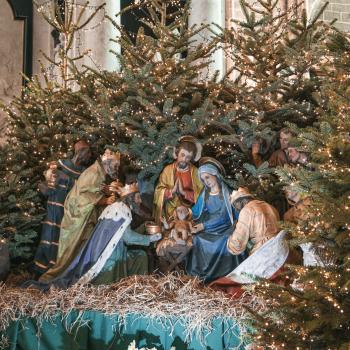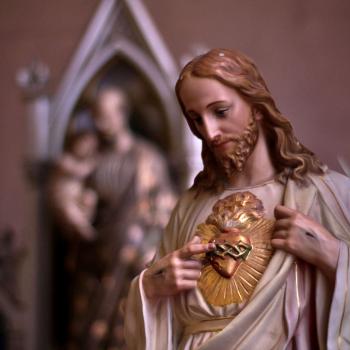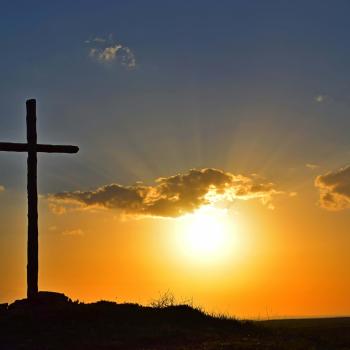
What if we got the true message of Jesus wrong? What if his real message was hiding in plain sight, in familiar parables whose meaning we take at face value, but that contain deeper and more meaningful truths?
That is one of the primary themes in Jesus, A New Vision by the bestselling author Whitley Strieber, a book that forces us to look at the life and teachings of Jesus in a fresh light. Strieber believes that “for too many of us, the promise of the Jesus teaching has slipped away, encrusted in religious doctrine or dismissed because we find that doctrine impossible to accept.”
Looking beyond the Bible for the real Jesus.
Strieber believes that the most important sayings and key teachings of Jesus are found in two gospels not found in the Bible, the Gospel of Thomas and the Gospel of Mary. They are a part of the 52 “Gnostic” texts discovered at Nag Hamadi in 1945 and represent some of the earliest Christian teachings. In fact, the Gospel of Thomas may predate all 4 of the New Testament gospels. (For more on why Thomas and Mary weren’t included in the Bible, see here.)
One of the key takeaways from these two Gnostic texts is the notion that “Jesus was not giving us the answers we seek but beseeching us to look within ourselves.” Jesus wants us to use our own “self-knowledge” for answers and insights. It is an idea that was propagated by many early Christians sects, including the Valentinians, who claimed their fellow Christians were making a mistake by reading the scriptures only literally. This was especially true with the parables that Jesus used to teach his disciples. Strieber explains that:
Once one understands how to use the parables, which is by seeing them internally, their role as the hidden path “to the realm that is within you” is made plain.
For starters, let’s look at the meaning of the “kingdom of heaven.”
Writing in her book The Gnostic Gospels, the religious scholar Elaine Pagels informs us that 3 of the 4 Biblical gospels say that the Kingdom will come in the near future. But there’s an outlier. It’s the Gospel of Luke where Jesus explicitly says “the kingdom of God is within you.” In other words, “the kingdom” should not be viewed literally, a belief that is amplified in the Gospel of Thomas.
As Pagels points out, “In the Gospel of Thomas, Jesus ridiculed thinking of the “kingdom of God” in literal terms, as if it were a specific place.” The kingdom cannot be found in the sky or in the afterlife but is “a state of self-discovery.” One can find it while here on earth through internal transformation. While containing some of the same language found in Luke 17:21, Thomas expands on the notion of the kingdom:
The kingdom is inside of you and it is outside of you. When you come to know yourselves, then you will be known, and you will realize that you are the son of the living Father.
Strieber writes that “The disciple who comes to know himself (or herself) can then discover what even Jesus cannot teach.” It is what the early Christian leader Simon Magus (mentioned in Acts 8:9-24) called “a dwelling place (of) infinite power…the root of the universe.” It is no different today. To paraphrase Strieber, Jesus offers a realm of heaven that we can discover within us right now, before death. No matter how difficult our lives may be, we can bring the peace of the kingdom into our hearts in the present moment.
It’s an idea that is echoed by the modern-day Christian leader Richard Rohr:
The realm of God is right here, right now, in the present tense. The relationship with God’s love that sets us free is in our midst. The possibility of freedom, of a whole new world, is already here.
As with “the kingdom of heaven,” there are other examples in the “approved” gospels where “the inner path” of the Jesus teachings shine through. Stieber calls out 4 specific biblical parables that show us how the teachings work. Here are two of them in edited form:
Parable One. The Parable of the Mustard Seed.
What Jesus Said: What is the realm of God like? What shall I compare it to? It is like a mustard seed, which a man took and planted in his garden. It grew and became a tree, and the birds perched in its branches. (Luke 13:18-19)
What Jesus Meant: The mustard seed is the self-knowledge that lives within you and grows as you progress along the spiritual path. Once planted in the fertile ground of a seeker, the seed will grow as knowledge grows, no matter how small it is to start. The birds represent the various facets of our true self, including the parts we may not especially like. Once the birds find shelter here (in our soul), we can begin to fully accept ourselves and find inner peace.
Parable Two. The Parable of the Weeds.
What Jesus Said: “The realm of heaven is like a man who sowed good seed in his field. But while everyone was sleeping, his enemy came and sowed weeds among the wheat, and went away. When the wheat sprouted and formed heads, the weeds also appeared.” The farmer tells his servants not to pull up the weeds lest they also uproot the wheat. “Let both grow together until the harvest.” At this time I will tell the harvesters, “First collect the weeds and tie them in bundles to be burned; then gather the wheat and bring it into my barn.” (Matthew 13:24-30)
What Jesus Meant: The field is the experience of life and the sower is you, the person living that life. The weeds are the distractions of all kinds that come your way and that prevent you from spiritual growth. When Jesus instructs us to let both the weeds and wheat grow, it is because we often cannot separate the good from the bad until we are spiritually mature. We do not want to pull the weeds and mistakenly destroy the wheat, which is the wisdom that grows within us. In time, we learn to recognize the wheat, eliminating the weeds, allowing us to grow closer to God.

















